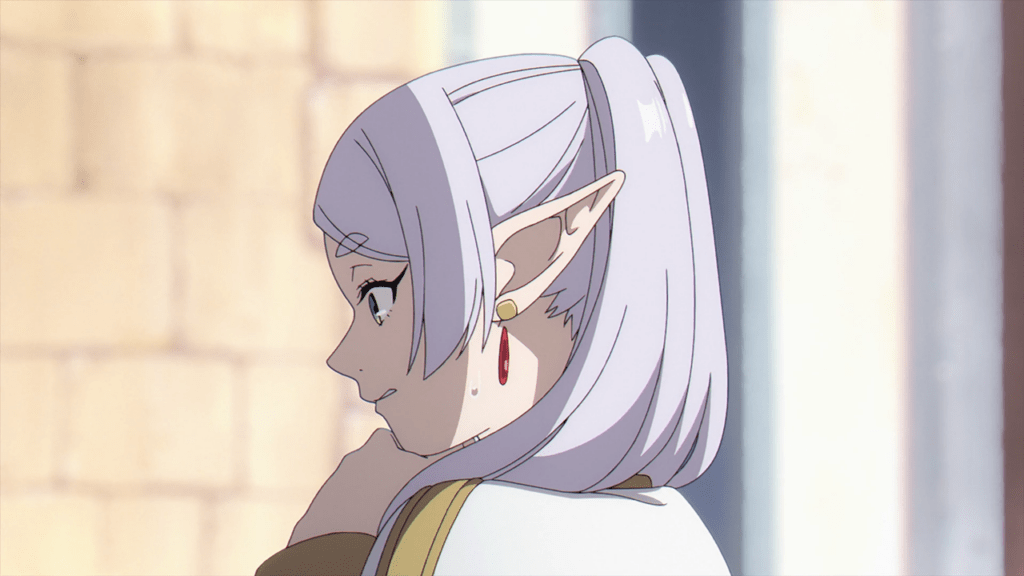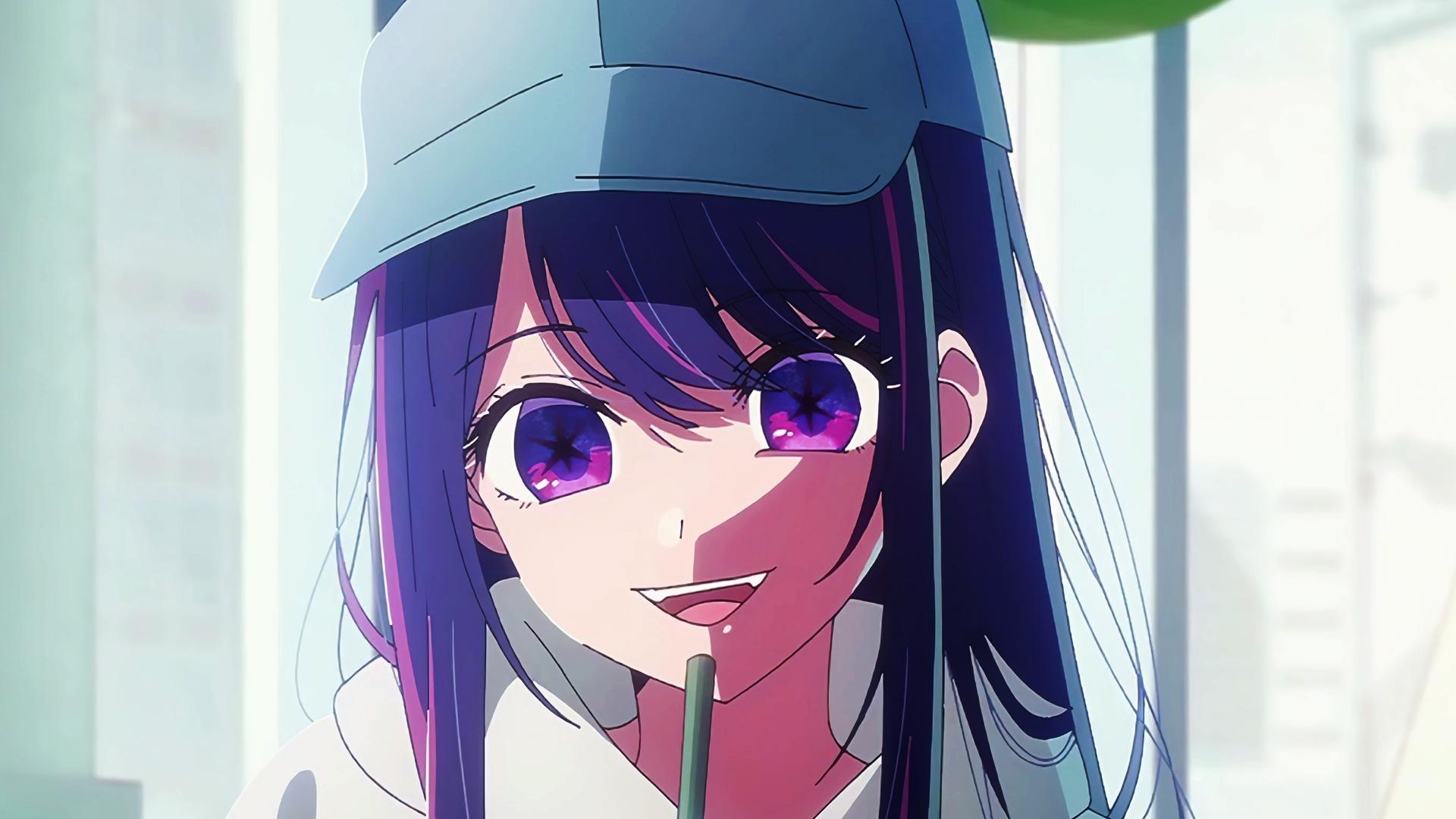In the world of anime, the first few episodes are often a window into the plot, characters, and world a series has to offer. However, as of late, we’ve seen an interesting trend: the first episodes of some anime series are opting for a longer running time than what used to be the standard. In this article, we will look at these changes in the world of anime and explore why some viewers only give the first episode of an anime a chance to prove itself.

He “Three Episodes Method” It is a common practice among anime fans. It consists of watching the first three episodes of a series before deciding whether to continue or abandon it. Why three episodes? According to Entame Next, the common structure of early anime episodes may help explain this. The first episode usually introduces the main characters, the second focuses on interpersonal relationships, and the third usually features a significant event. This structure provides viewers with a good amount of information to make an informed decision about whether to continue with the series.
Until recently, the typical length of an anime episode was no longer than 30 minutes. This duration was popularized with “AstroBoy” by Tezuka Osamu in 1963. However, in recent years, we have seen an increase in the length of episodes, especially in their first broadcasts. For example, the director’s version of “Re:Zero – Starting Life in Another World” in 2020 had a duration of 60 minutes, and “Oshi no Ko” in 2023 tripled the standard length of an anime episode with a 90-minute premiere. Even more surprising, “Frieren: Beyond Journey’s End” presented a first episode of 120 minutes. This unusual length may seem like a risk, but it has actually proven to be an efficient way to present the story to viewers.
The Entame Next article suggests that longer episodes in premieres allow the narrative to develop more effectively. For example, “Frieren: Beyond Journey’s End” begins its journey in the second episode, and if the first episode had ended in 30 minutes, many viewers might not have understood the direction of the story, which could have led them to abandon the series. This strategy of dense, long episodes has contributed to the current popularity of this series and others like it.

As the anime market has become more saturated due to the widespread adoption of production committeeswhich involve the collaboration of several companies to finance, produce and market anime projects, a demand has been created for faster episode releases. In such a fast-paced world, some anime enthusiasts prefer not to invest in multiple episodes or wait for weekly broadcasts to determine their interest in a series.
Additionally, increasing competition among the growing number of anime series available on television and streaming services has made viewers less patient. Therefore, longer first episodes have become an effective way to showcase a series’ appeal. Thanks to modern streaming services, anime producers have more flexibility in how they tell a story. Unlike television shows, streaming services are not limited by fixed time slots, allowing for more flexible release times and longer episodes.
In a recent survey, approximately 59.0% of participants reported that they make their decision on whether to continue a series after watching the first episode, while only 13.6% reported following the three-episode rule. This reflects a shift in the way viewers consume anime and the importance of longer, denser first episodes.
In short, the trend of longer episodes, especially in anime series premieres, is changing the way viewers evaluate and choose which series to follow. Market competition and the availability of streaming services have driven this evolution, and it seems that long, content-rich first episodes are the new norm for capturing viewers’ attention in an increasingly fast-paced world.
Fountain: Automaton Media
